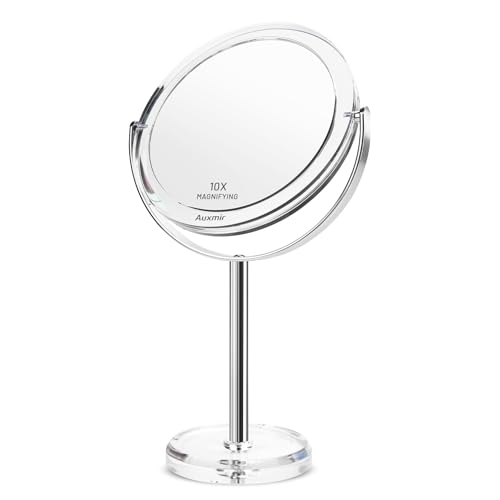Types of Mirror Finishes in Metalworking
When it comes to metalworking, mirror finishes are a popular choice for achieving a sleek and polished look. However, not all mirror finishes are created equal. Here are the different types of mirror finishes commonly used in metalworking:
Mechanical Mirror Finish
Mechanical mirror finishes are achieved through mechanical polishing or buffing methods. This involves using abrasive materials, such as polishing pads or compounds, to remove any surface imperfections and create a smooth, reflective surface. This method is ideal for achieving mirror finishes on metals such as stainless steel.
Electrolytic Mirror Finish
Electrolytic mirror finishes are created through an electrochemical process, which involves immersing the metal object in an electrolyte solution and then passing an electric current through it. This process removes any surface irregularities and creates a highly reflective surface. This method is commonly used for copper and brass finishes.
Chemical Mirror Finish
Chemical mirror finishes are achieved through chemical treatments that dissolve any surface defects and create a smooth, reflective surface. Commonly used chemical treatments include pickling, passivation, and etching. This method is ideal for achieving mirror finishes on metals like aluminum and titanium.
Vapor Deposition Mirror Finish
Vapor deposition mirror finishes are created through a process called physical vapor deposition (PVD). This involves evaporating a thin layer of metal onto the surface of the object, creating a highly reflective coating. This method is commonly used for achieving mirror finishes on objects made of plastic or glass.
Nano/Micro Polish Mirror Finish
Nano/micro polish mirror finishes are achieved through using specialized applications such as diamond or ceramic polishing compounds to achieve near perfect reflection. This method is used more commonly with high-precision optical metalwork and telescopes but applies to any metal surface which requires an ultra-smooth surface finish. Ultra-precision metal components are required to achieve this finish, which is often used in scientific applications.






